Soviet Star Wars: How sci-fi from the USSR influenced some of Hollywood's most iconic films
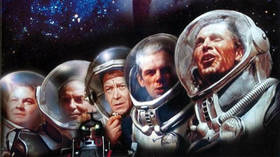
The fact that commonly-known Hollywood blockbusters were influenced by the first Soviet sci-fi films, may sound surprising. But bear in mind that it took years for American viewers to realize that several movies they watched in the sixties had actually been made in the USSR.
Pioneer of Soviet sci-fi
It would be fair to start with the director who's sometimes considered the pioneer of not only the Soviet Union's but of the world’s sci-fi cinematography.
Pavel Klushantsev was born in 1910 in St Petersburg. In his memoirs, he recalled he'd wanted to be an engineer but it was easier to join a cinematographic college. “Specialists for any recently-emerged branch of industry are taught not only to use certain technology, but to design, build and repair new devices,” Klushantsev wrote in his book “Away from Big Roads.” “So it was in cinematography. In the 20s, a cameraman was supposed to be not only a man who shoots, but who repairs and upgrades his mechanisms.” This factor, according to Klushantsev, helped him to become a pioneer in visual effects: During his career, he invented some 300 such shooting devices.

During World War II, Klushantsev wanted to join the Soviet troops but was found unfit due to his bad health. He stayed in the city, now renamed Leningrad, where he shot newsreels. During the 900-day siege of that city, he was close to death by starvation but survived, almost miraculously, as he recalled in his memoirs.
It's noteworthy that cinema production in the USSR didn’t stop during the war. In 1942, the heroic work of Soviet cinematographers was awarded an Oscar: An Academy Award was given to the documentary 'Moscow Strikes Back,' which was shot during the Battle of Moscow.
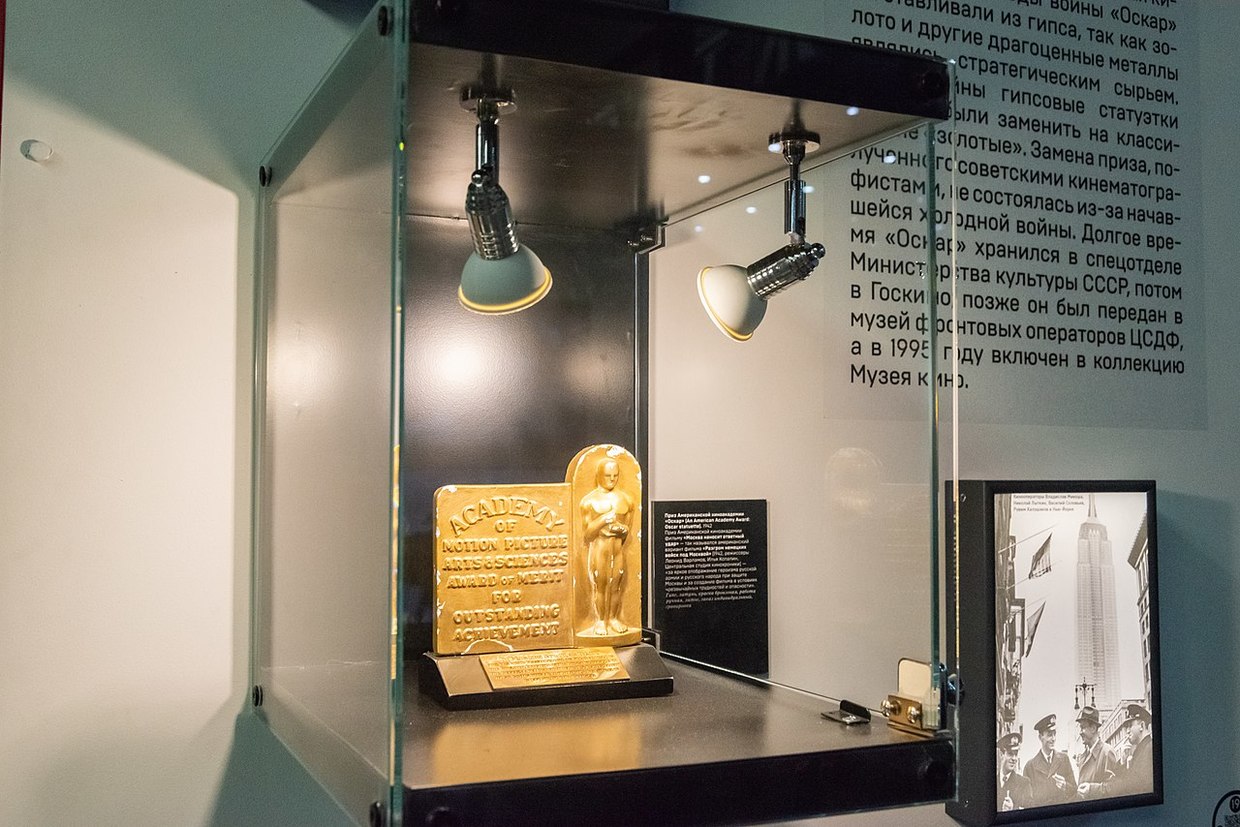
After being evacuated from Leningrad with his family, Klushantsev kept on working as a cameraman, always inventing new methods and devices to make his shots as interesting as possible. Klushantsev made his own first film in 1956: It was a documentary called 'The Secret of the Substance,' dedicated to atomic energy. A year later, he shot a sci-fi movie 'The Road to the Stars.' He recalled that he was fascinated by the opportunity to show space and fantastical spaceships – something so technically difficult that no other movie maker had dared to try.
Interestingly enough, eleven years later a wheel-shaped space station appeared in Stanley Kubrick’s legendary movie '2001: A Space Odyssey.'
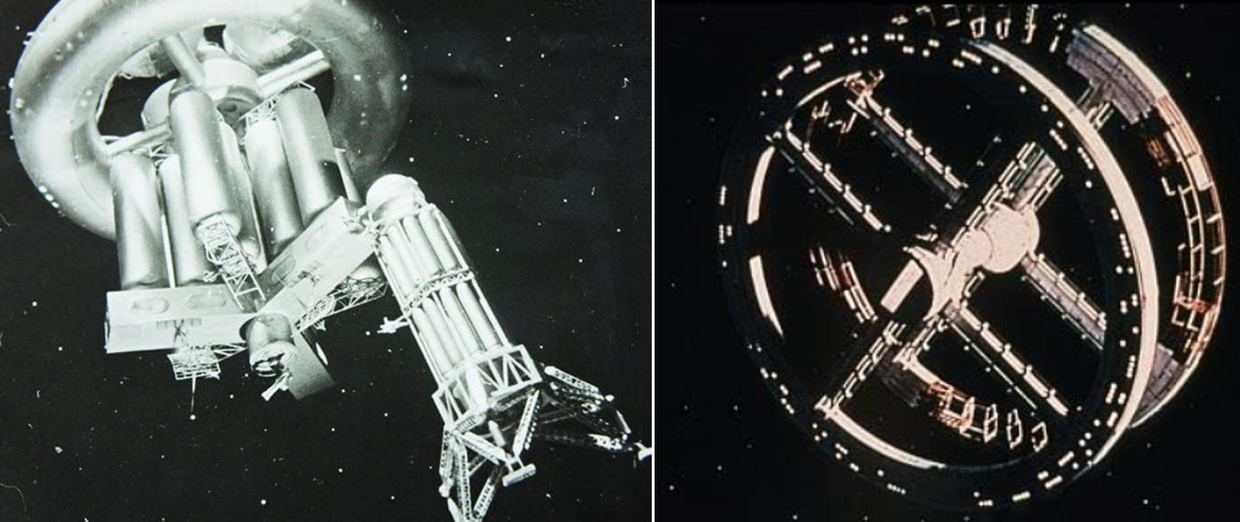
The premiere of 'The Road to the Stars' coincided with a turning point in space history: That same year, the USSR launched the world's first satellite, Sputnik-1. After tha, an obsession with space started to spread all across the globe.
'Planet of the Storms'
While describing his next sci-fi movie 'Planet of the Storms' Klushantsev didn’t sound very pleased. He blamed himself and his co-author Alexander Kazantsev for a weak screenplay. Still, the technical work was “good enough,” he wrote in his book.
The movie tells about the fantastical adventures of a group of cosmonauts during an expedition to Venus. Then-culture minister Ekaterina Furtseva was not particularly happy with it. “Not so bad,” she said, “but the episode showing a woman crying ruins everything. A Soviet cosmonaut cannot cry!”
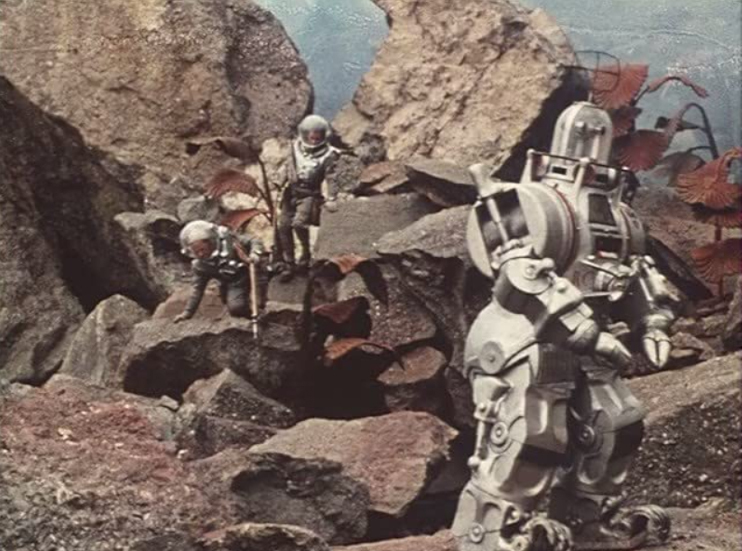
'Planet of the Storms' was released in 1961, the year Yuri Gagarin made the first-ever spaceflight. Some 20 million people watched the movie in the USSR, while copies of it were sold to 28 countries for distribution, including the US. There, 'Planet of the Storms' faced quite an unusual destiny.
The movie was bought by director and producer Roger Corman, often called “The Pope of Pop Cinema” in the media. “In the 1960s I bought the American rights to several Russian science fiction films. They were made with big budgets and tremendous special effects. They were, unfortunately, filled with anti-American propaganda,” Corman told outlet Kinoeye in 2003. “I said to the Russians: 'I’m going to have to cut the anti-American propaganda out. I can't show these pictures in America' and they said that they totally understood.”
Footage from 'Planet of the Storms' was used in 1965 to create a movie called 'Voyage to the Prehistoric Planet' released in the US. Director Curtis Harrington was in charge of the remake: He added several episodes featuring American actors. “That was not even a film,” he said in an interview published by Psychotronic Video magazine in 1993. “It had to do with a couple of people orbiting the planet Venus. So, I had, instead of the Soviet actors, Faith Domergue orbiting the planet Venus. Then all the scenes with the Russians were dubbed in English. She was in touch with Basil Rathbone who was supposedly on a Moon station. That’s all I shot. I shot about a day or two with her as she was in that ship orbiting around planet Venus. All the rest of it was just dubbed stuff.”
Film expert Stanislav Lugovoy, from the Moscow-based State Central Cinema Museum, told RT that such editing was made because of commercial and marketing interests. The American audience was not interested in foreign movies, he noted. “In the credits, all the Soviet actors were called by fake American names: For example, Georgy Zhzhenov was called ‘Kurt Boden’.”
Three years later, Planet of the Storms was turned by director Peter Bogdanovich into another movie, and one very similar to 'Voyage to the Prehistoric Planet': 'Voyage to the Planet of Prehistoric Women.'
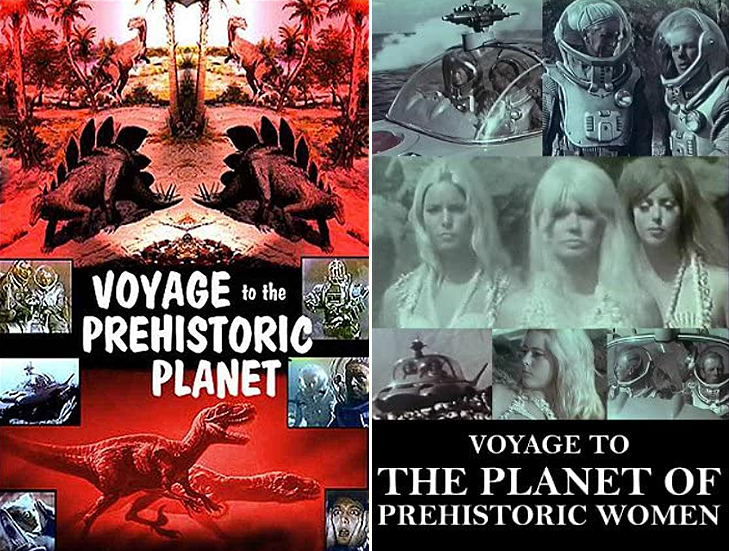
In an interview with magazine The A.V. Club, he recalled that Corman had asked him to “shoot some footage with some women” and figure out how to add it into the Soviet footage he'd bought. “It was just a little cheap thing we did, and people think I directed it when I really only directed ten minutes of it,” Bogdanovich said.
'The Sky Beckons'
Another Soviet movie that Roger Corman bought for US distribution was 'The Sky Beckons' (1959) by Alexander Kozyr and Mikhail Karyukov. Special effects shown in this film looked quite incredible for its time. For example, it showed a space rocket making a vertical landing on a floating platform (half-a-century later, Elon Musk’s SpaceX did this in reality).
'The Sky Beckons' tells a story about a Mars-bound space race between Soviet and American exploration teams. To cut “the anti-American propaganda out,” Corman hired young student Francis Ford Coppola, who would later become an icon of world cinema.
In 1962, a movie called 'Battle Beyond the Sun,' about a space race between two fictional nations, was presented to US audiences. The opening credits didn’t feature the Soviet cast names, Coppola was named as associate producer, and the name of the director sounded like ‘Thomas Colchart.’ Footage from 'The Sky Beckons' was also used in 'Voyage to the Prehistoric Planet.'
It is said that Kubrick’s '2001: A Space Odyssey' used graphics solutions from 'The Sky Beckons' created by the fiction artist Yuri Shvets.
It also should be mentioned that the phrase 'Billions of light years away' featured on the poster for 'Battle Beyond the Sun' may look quite familiar to fans of sci-fi movies.

'A Dream Comes True'
'Voyage to the Prehistoric Planet' includes footage from another Soviet movie, called 'A Dream Comes True' (1963). It was directed by Mikhail Karyukov together with Otar Koberidze. Artist Yuri Shvets took part in the production, too. Like in 'The Sky Beckons,' the plot features an expedition to Mars.
In the US, footage from 'A Dream Comes True' formed the basis for 'The Queen of Blood,' another collaboration of Corman and director Harrington. “Roger Corman asked me to do that film because it makes use of some footage of a Soviet science fiction film,” the latter told magazine Psychotronic Video. “All the outer-space footage and the scenes on the planet Mars are from a Soviet space film that Roger Corman acquired the rights to. He wanted me to write a completely new framing story to use all the technical footage of a rocket flying through outer space, landing on another planet and all that. I then proceeded to write a script and created the idea of an outer space vampire-like creature.” It is widely considered – and Harrington supports this idea, too – that 'The Queen of Blood' inspired Ridley Scott’s iconic 'Alien.'
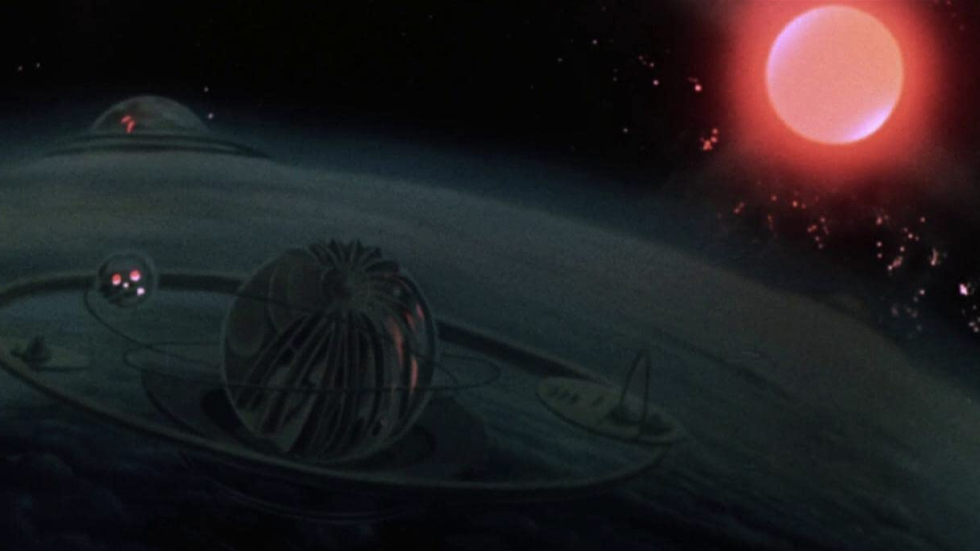
Soviet Legacy
Film expert Stanislav Lugovoy explained to RT that such hard editing became possible as the concept of ‘copyright’ in its international meaning almost didn’t exist in the USSR. He recalled that the 1952 Soviet fairytale 'Sadko' was turned into 'The Magic Voyage of Sinbad' in the US – this was also done by Corman’s company, with the participation of Coppola.
In the seventies, iconic Soviet director Andrey Tarkovsky was furious over the fact that his movie 'Solaris' had been shortened and re-edited in Italy before its release.
“So, parties on both sides of the ‘Iron curtain’ treated the cultural legacy of their ideological adversaries quite freely,” Lugovoy told RT. “Foreign movies were subjected to hard editing not only in the US, but in the USSR, too.”
It is said that George Lucas once called Klushantsev the Godfather of 'Star Wars.' During the USSR's Perestroika period of reform he tried – and failed – to find the director there: No one knew who Lucas was talking about.
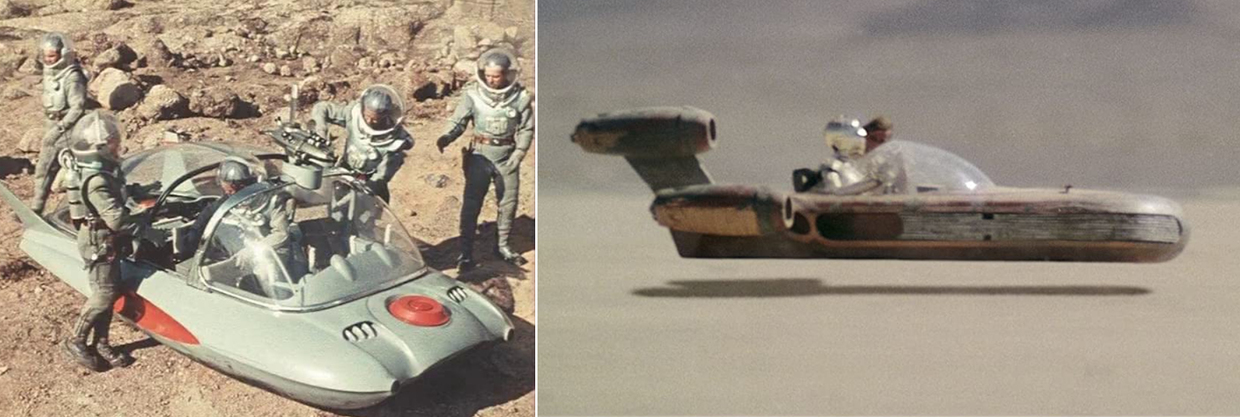
American filmmaker Robert Skotak, who won two Oscars for visual effects in 'Aliens' and 'Terminator 2,' had more luck. He met Klushantsev in St. Petersburg in 1992 and asked him about the secrets behind his movie tricks.
According to film expert Stanislav Lugovoy, Soviet cinematography had so many cameramen – and other filmmakers – of world-level professionalism. However, the industry was too closed from the world, so the gap in technical development only grew with the years. In the end, it was already impossible to compete with Hollywood's special effects.













